To celebrate Cord Blood Awareness Month 2025 and the healing potential of newborn stem cells, CooperSurgical families were asked why they chose to bank their baby’s cord blood.
More than 600 parents* responded with deeply personal reasons, each rooted in a desire to safeguard their family’s future. Their answers were as unique as the families themselves, but all shared a common thread: doing everything possible to protect what matters most. This July, we’re proud to share their stories.

Cord blood is a powerful source of stem cells with a proven track record in transplant medicine.1 These remarkable stem cells can be used to treat over 80 conditions,2 including certain cancers, blood disorders, and immune deficiencies. For more than 30 years, cord blood has been used in stem cell transplants to help tens of thousands of people worldwide.1 In fact, over 50,000 stem cell transplants have been performed globally using cord blood from both public donor banks and private family banks.3

Preserving cord blood at birth offers a unique opportunity to safeguard a potentially valuable medical resource for the future. By collecting and storing stem cells at birth, we effectively “stop the clock,” which helps preserve their unique properties for potential future use.4 Cord blood also offers more flexible genetic matching compared to adult stem cell sources,5 which may be especially important in transplants. Quality collection practices can help maximize the clinical utility of a sample, especially given that having a larger dose of stem cells for a stem cell transplant is associated with improved medical outcomes.6

Since 1996, Canadian families have entrusted Insception Lifebank to store their newborn’s cord blood and tissue samples. As the largest and most experienced family newborn stem cell company in Canada,7 we are proud to be the #1 choice of parents for newborn stem cell preservation, with the most samples stored nationwide.7 The CooperSurgical lab, where Insception Lifebank’s samples are stored, has released more units intended for medical use than any other family bank, with over 750 samples provided for transplant medicine and regulated investigational regenerative medicine applications.7

Advanced technology and decades of experience are at the heart of newborn stem cell preservation at Insception Lifebank. In CooperSurgical’s state-of-the-art lab in Tucson, Arizona, where our samples are stored, each cord blood sample undergoes processing with the AXP® II platform, which is a functionally closed, automated processing method. Having a functionally closed processing method helps reduce the risk of contamination and automation helps to maintain consistency.8 For added peace of mind, every sample is checked to make sure it meets important quality standards.
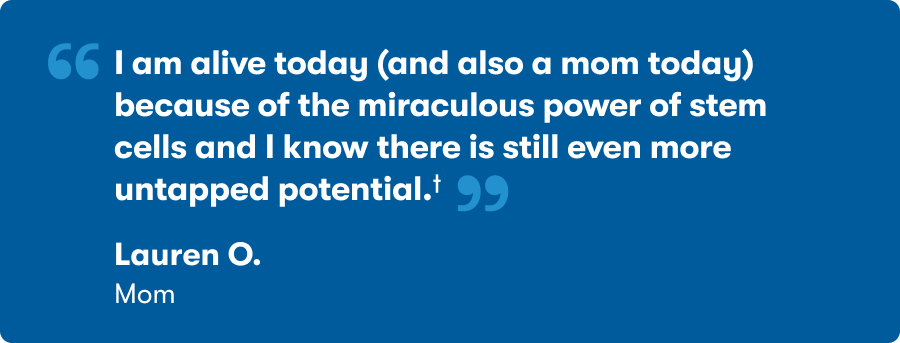
Preserving cord blood means that it is rapidly available which can minimize delays in treatment.9 After processing, the stem cells are cryopreserved in vapour above liquid nitrogen at approximately -196° Celsius to help ensure long-term stability.7 Studies have shown that cryopreservation helps cord blood samples stay usable even after being stored for many years, as long as they’re kept in the right conditions.10
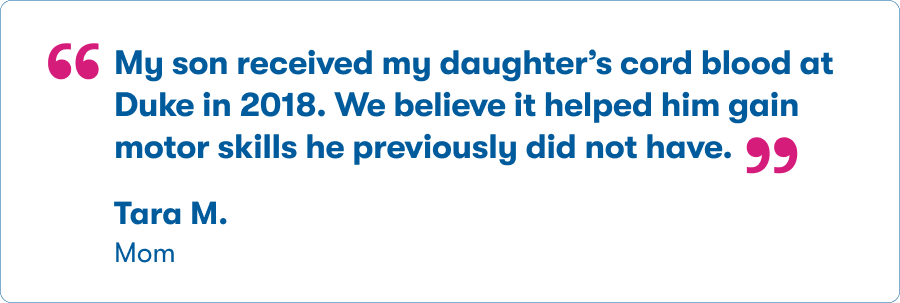
The Newborn Possibilities ProgramTM has preserved over 13,0008 newborn stem cell samples by offering free processing and five years of storage to families with certain medical needs. More than 7,500 children7 have taken part in the program, and about 24% of all stem cell units released by the CooperSurgical lab for medical use have come from it7—showing how important this program is in making treatments more accessible.
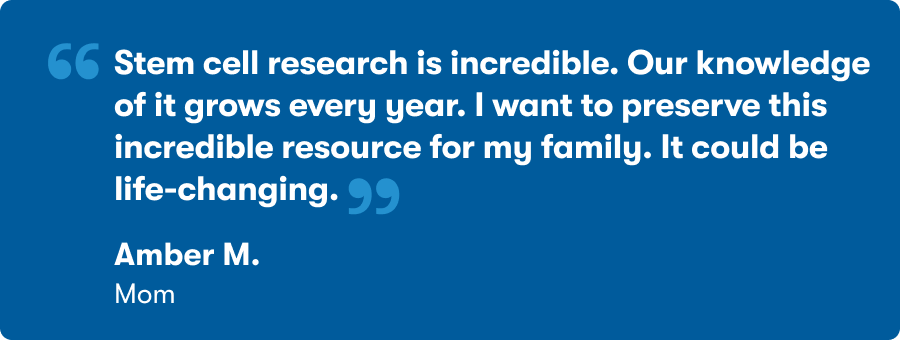
Beyond current treatments, cord blood has been evaluated in regenerative medicine for conditions such as hypoplastic left heart syndrome, type 1 diabetes, spinal cord injury, cerebral palsy, and hypoxic neurological injury.9 More than 500 clinical trials have been initiated to study cord blood and cord tissue in regenerative medicine.11 Newborn stem cells know how to find injured cells and tissue and start the healing process, making them an appealing cell source for research.12

Duke University has performed a number of studies evaluating the use of newborn stem cells as a potential treatment for acquired neurological conditions like cerebral palsy and hypoxic ischemic encephalopathy.13Additionally, individuals with certain pediatric brain injuries may be eligible for off-study infusions of cord blood through Duke’s Expanded Access Protocol.14
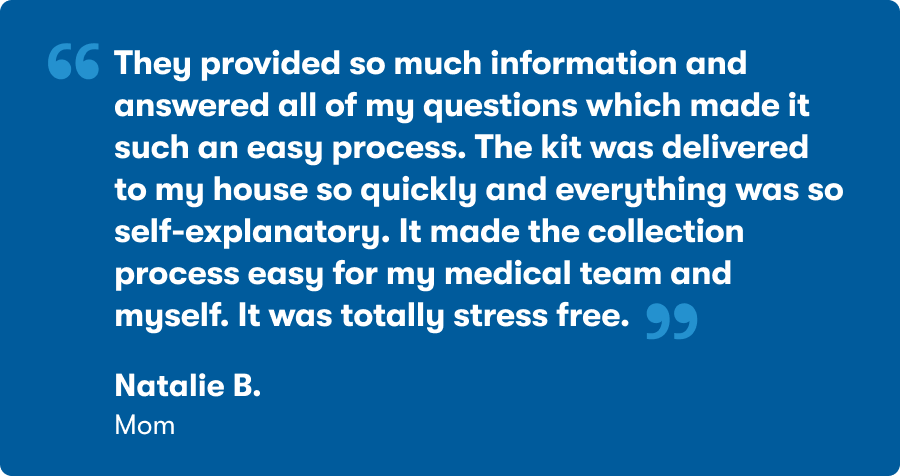
Preserving your baby’s newborn stem cells is a once-in-a-lifetime chance to prepare for life’s unexpected moments. This Cord Blood Awareness Month, enroll with Insception Lifebank—the trusted leader in newborn stem cell preservation—and take a powerful step toward protecting your family’s future. Know someone expecting? Share this with them and help spread the word about the healing potential of newborn stem cells.
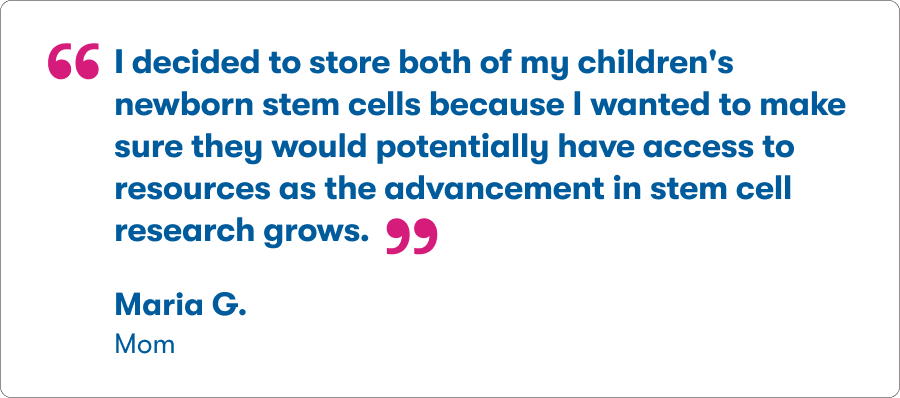
For existing clients
Expecting a child, or have friends or family who are? How about a grandchild? Enroll with Insception Lifebank today or refer a friend.** In honor of this special month, we’re giving away a $500 gift card to the Insception Lifebank parent who refers the most new members who enroll with us in July. Second place will receive a $350 gift card and third place will receive a $200 gift card. Ties will be determined by when referrals enrolled so get those referrals in early! See official rules for more details.††
 Sign in
Sign in 
